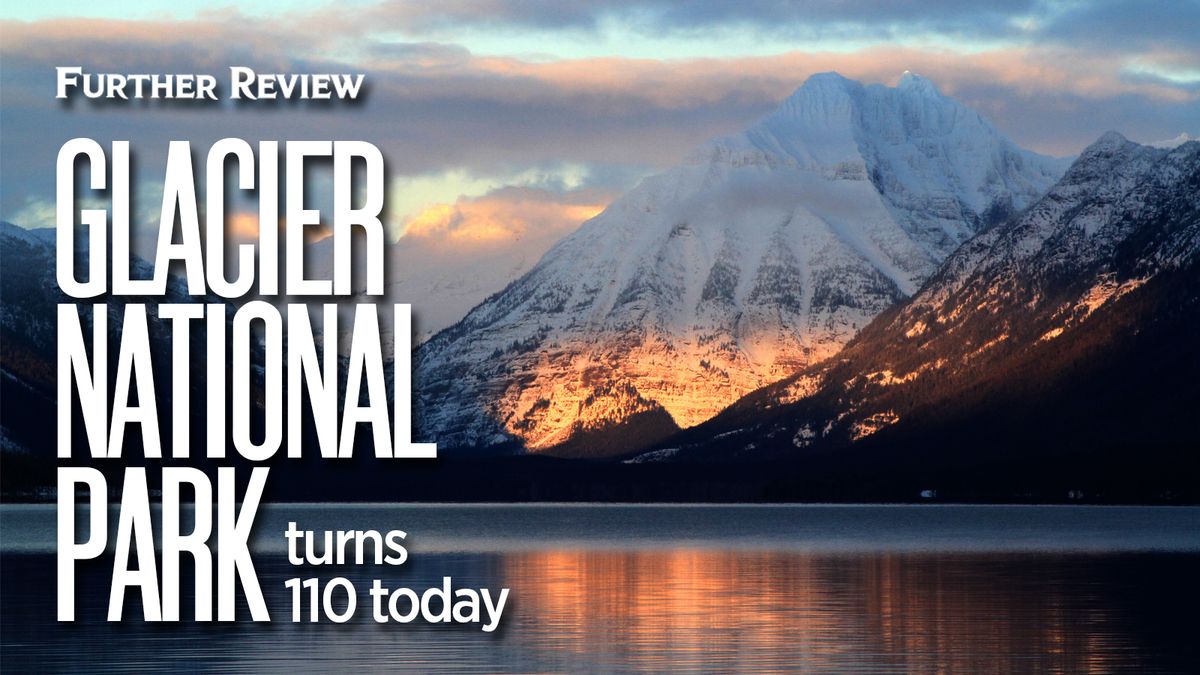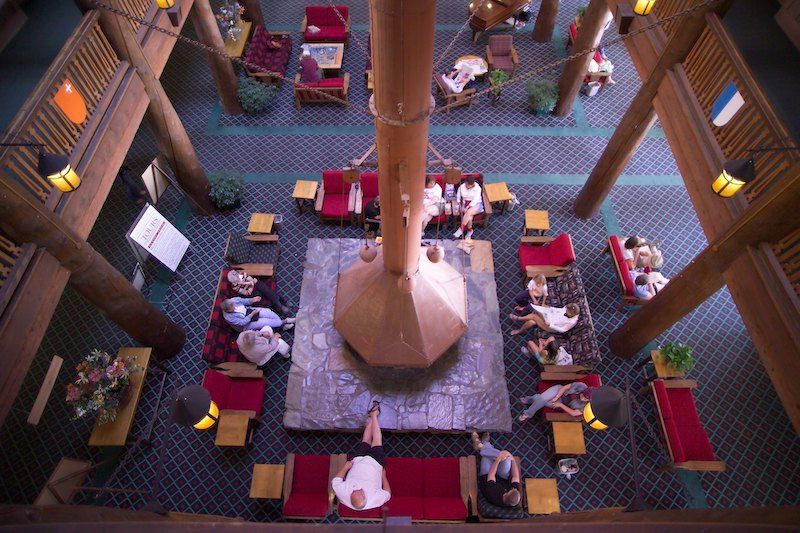
By Charles Apple
The Spokesman-Review
On this date 110 years ago, Glacier National Park was created in Montana, becoming the nation’s 10th national park.
Glacier National Park owes its existence to the Great Northern Railway. Railway executives pushed a plan to declare the scenic area as a vacation destination. Congress designated the land as a forest preserve in 1897 and voted to make it a national park in 1910. President William Taft signed the bill into law on May 18, 1910.
The railway went on to build a number of chalets and a lodge in order to house tourists. Several of these are now national historic landmarks. The Going-to-the-Sun Road, which bisects the park, was built in 1932. In the 1930s, the Civilian Conservation Corps built trails, campgrounds and other facilities. In 2018, nearly 3 million people visited Glacier National Park.

Yes, there are still glaciers at Glacier National Park – but certainly not as many as there used to be. There were about 150 glaciers in the park in the mid 1800s. By 2010, that had been reduced to only 37 – but 25 of those were at least 25 acres in size. Experts expect the glaciers to stick around at least another 10 years.
The park contains a dozen large lakes and about 700 smaller ones – most of them in small depressions called cirques that were created by the erosion of glaciers. Some of the streams run a milky white, due to glacial silt suspended in the water. There are about 200 waterfalls throughout the park.
Other national parks and historic sites in the region
Right now, all National Parks properties are closed – much like the rest of the country – due to the coronavirus. But once everything opens back up and sunny skies beckon, you’re going to want fun stuff to do with your family, right?
The Pacific Northwest certainly has no shortage of breathtaking scenery or historically noteworthy places to visit. Here are 10 national parks or other federal sites, all within 300 (or so) miles from downtown Spokane.

LAKE ROOSEVELT
National Recreation Area
Distance from Spokane: 97 miles
A 130-mile long lake formed by the Grand Coulee Dam.
Activities: boating, fishing, swimming, camping, canoeing and hunting. Also, there are historic structures to tour, Fort Spokane and St. Paul’s Mission.
NEZ PERCE
National Historical Park
Distance from Spokane: 112 miles
Commemorates the Native American Nez Perce tribe and their way of life. Actually consists of 38 sites over four states.
Activities: A museum featuring clothing, tools and ceremonial objects, interpretive trails, ranger-led programs.
MANHATTAN PROJECT HANFORD UNIT
National Historical Park
Distance from Spokane: 149 miles
One of three national parks devoted to the history of the creation of the atomic bomb in 1945. The other two are in New Mexico and in Tennessee.
Activities: Tour the site where plutonium fuel for atomic weapons was processed.
WHITMAN MISSION
National Historical Site
Distance from Spokane: 174 miles
Site along the Oregon trail where missionaries Dr. Marcus Whitman, his wife and 11 others were killed by American Indians in 1847.
Activities: In addition to the monument, there is a visitors center and a museum.
MOUNT RANIER
National Park
Distance from Spokane: 268 miles
Scenic glaciated peak rising 14,410 feet above sea level is the origin point of five major rivers.
Activities: Sightseeing, nature watching. About 10,000 people attempt to climb Mount Rainier every year. About 50% make it to the top.
GRANT-KOHRS RANCH
National Historical Site
Distance from Spokane: 278 miles
Commemorates the cattle industry of the 1800s in the former headquarters of a 10 million acre cattle empire.
Activities: A living history museum with an operating ranch, blacksmith shop and other 19th-century activities.
WING LUKE MUSEUM
Affiliated area
Distance from Spokane: 278 miles
Smithsonian-affiliated museum celebrates the culture, art and history of Asian Pacific Americans of Seattle’s Chinatown International District.
Activities: Guided tours, exhibits of personal oral histories including that of actor and martial arts master Bruce Lee.
KLONDIKE GOLD RUSH – SEATTLE UNIT
National Historical Park
Distance from Spokane: 279 miles
Celebrates the gold rush that revived Seattle after a fire and economic depression.
Activities: Interpretive history museum located in a hotel where prospectors outfitted themselves before setting out for Alaska.
JOHN DAY FOSSIL BEDS
National Monument
Distance from Spokane: 294 miles
Colorful rock formations that hold fossilized records of 40 million years of animal and plant life.
Activities: Scenic drives, hiking trails and a working lab where guests can watch paleontologists uncover and work to preserve fossils found here.
BIG HOLE
National Battlefield
Distance from Spokane: 308 miles
Sites where U.S. Army soldiers and the Nez Perce tribe clashed in 1877, where at least 130 died. The battlefield is part of the Nez Perce National Historical Park.
Activities: Tour the battlefields, hear rangers describe the history of the site.